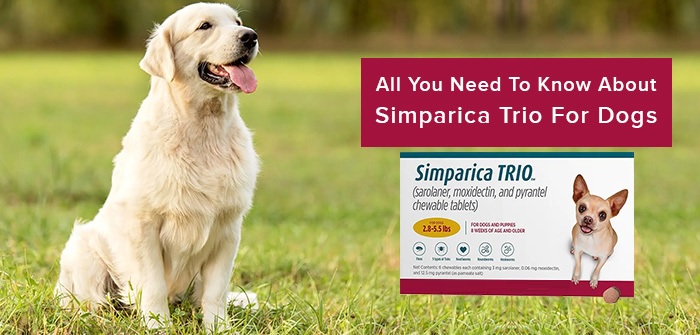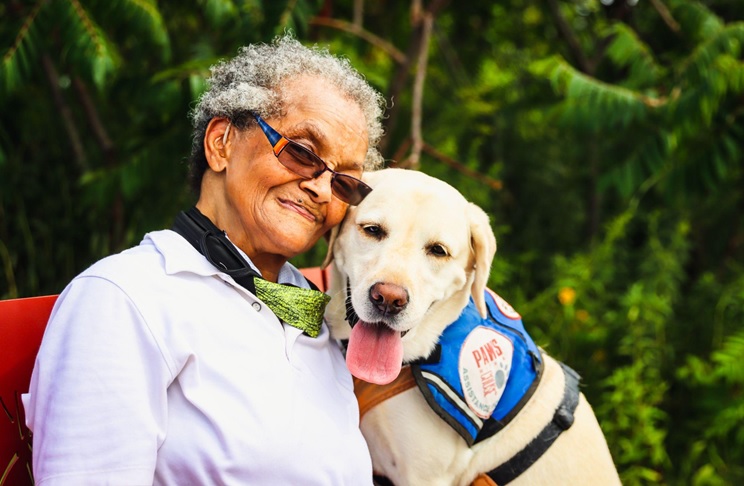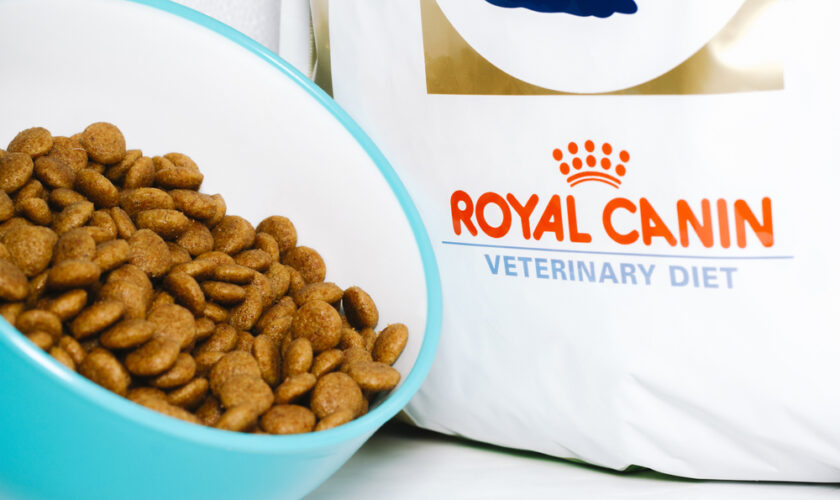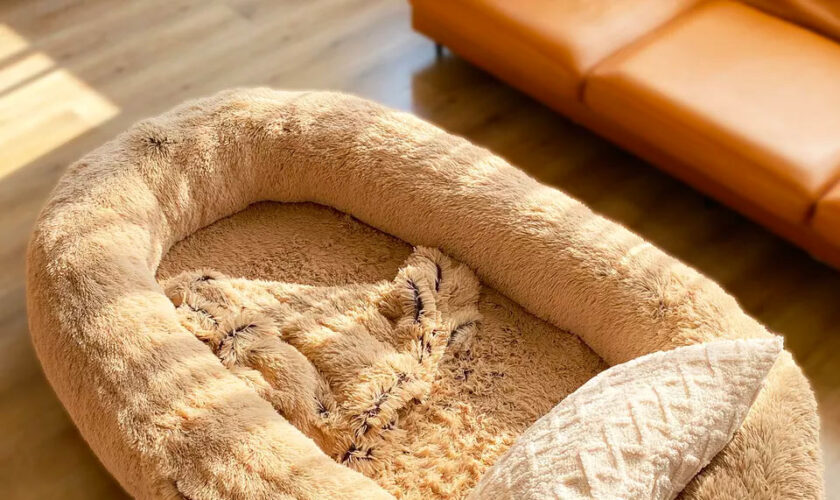The History and Origins of Barbecue Pig Ears
Barbecue pig ears might sound like an unusual delicacy, but they have a rich history and are enjoyed by many cultures around the world. From traditional staple to trendy dish, the evolution of barbecue pig ears is intriguing and reflects the diverse culinary practices across regions.
- From Tradition to Trend: The Evolution of Barbecue Pig Ears
The consumption of pig ears can be traced back to ancient times when animals were revered for their utility in providing food and materials for various purposes. In many cultures, including Chinese, Mexican, and Southern American, pig ears have long been incorporated into traditional recipes as a way to prevent food waste and make use of the whole animal.
In recent years, barbecue pig ears have gained popularity as a trendy dish, especially among food enthusiasts and adventurous eaters. The evolution of barbecue pig ears can be attributed to the growing appreciation for nose-to-tail dining, where chefs and consumers alike recognize the importance of utilizing every part of the animal.
- Cultures Around the World and their Love for Barbecue Pig Ears
Barbecue pig ears are not confined to a single cuisine or culture. They have found their way into various culinary traditions, each offering a unique twist and flavor profile.
In Chinese cuisine, braised pig ears are a beloved delicacy, often served as a cold appetizer. The ears are boiled until tender and then marinated in a mixture of soy sauce, vinegar, and sesame oil. The result is a flavorful and slightly chewy dish that showcases the skillful balance of sweet, sour, and savory flavors.
In Mexican cuisine, pig ears are often included in dishes like tacos and burritos. They are typically simmered with spices and herbs until tender and then grilled to add a smoky flavor. The texture of the grilled pig ears provides a satisfying contrast to the other ingredients.
In Southern American barbecue, pig ears are slowly smoked until they develop a crispy exterior and a tender, melt-in-your-mouth texture. They are often served with barbecue sauce and enjoyed as a standalone snack or used in creative dishes like sliders or nachos.
- The Secret Sauce: An Inside Look at the Ingredients and Techniques
Creating the perfect barbecue pig ears requires attention to detail and mastery of specific techniques. The secret to achieving mouthwatering flavors lies in the marinade and the cooking method.
For the marinade, a combination of seasonings like soy sauce, Worcestershire sauce, brown sugar, garlic, and spices can be used to create a savory and aromatic blend. The pig ears should be marinated for at least a few hours, allowing the flavors to penetrate the meat and enhance its taste.
When it comes to cooking, there are various methods to choose from. Grilling is a popular option, as it adds a smoky char and imparts a rich flavor. Slow cooking or smoking the pig ears allows the collagen in the ears to break down, resulting in a tender and melt-in-your-mouth texture. Alternatively, deep-frying the pig ears creates a crispy exterior while maintaining a juicy interior.
The Perfect Barbecue Pig Ears Recipe
Now that you understand the history and techniques behind barbecue pig ears, it’s time to explore a tried-and-true recipe that will surely impress your taste buds.
- Preparing and Cleaning the Pig Ears for Cooking
Start by purchasing fresh pig ears from a reputable source. It’s essential to wash them thoroughly to remove any dirt or debris. Scrub the ears with a brush under cold running water and pat them dry with paper towels. Trim any excess fat or cartilage from the ears before proceeding with the recipe.
- Marinating Magic: Choosing the Best Flavors and Seasonings
For the marinade, combine ½ cup soy sauce, ¼ cup Worcestershire sauce, 2 tablespoons brown sugar, 4 minced garlic cloves, 1 teaspoon paprika, ½ teaspoon black pepper, and a pinch of cayenne pepper in a bowl. Mix well until the sugar has dissolved.
Place the cleaned pig ears in a resealable plastic bag and pour the marinade over them. Ensure that the ears are completely coated in the marinade and seal the bag. Place the bag in the refrigerator and let the pig ears marinate for at least 4 hours, or preferably overnight, to allow the flavors to develop.
- Grilling to Perfection: Tips for Achieving Melt-In-Your-Mouth Texture
Before grilling the pig ears, preheat your grill to medium-high heat. Remove the pig ears from the marinade and let any excess marinade drip off. Place the pig ears on the grill grates and cook them for about 10-12 minutes per side, or until they are nicely charred and crispy on the outside.
Once the pig ears have finished grilling, remove them from the heat and let them rest for a few minutes before slicing. This resting period allows the juices to redistribute throughout the meat, resulting in a more tender and flavorful bite.
Impress Your Guests: Creative Ways to Serve Barbecue Pig Ears
Now that you have mastered the art of cooking barbecue pig ears, it’s time to get creative with your presentation. Here are some exciting ways to serve this savory delight:
- Barbecue Pig Ears Sliders: Mini-Sized Delights for the Ultimate Appetizer
Take your barbecue pig ears to the next level by serving them as sliders. Slice the cooked pig ears into thin strips and place them on small slider buns. Top with your favorite barbecue sauce, pickles, and coleslaw for a mouthwatering appetizer that will leave your guests wanting more.
- Barbecue Pig Ears Tacos: A Fusion of Flavors and Cultures
Combine the goodness of barbecue pig ears with the vibrant flavors of Mexican cuisine by serving them in tacos. Warm up some corn tortillas and fill them with sliced pig ears, diced onions, cilantro, and a squeeze of lime. Add a dollop of salsa or guacamole for an extra kick.
- Barbecue Pig Ears Nachos: Taking Snacking to a Whole New Level
Create a show-stopping appetizer by incorporating barbecue pig ears into a plate of nachos. Arrange a layer of tortilla chips on a baking sheet and top them with sliced pig ears, shredded cheese, diced tomatoes, jalapenos, and black beans. Bake in the oven until the cheese is melted and bubbly. Serve with guacamole, sour cream, and salsa for a crowd-pleasing treat.
The Unforgettable Barbecue Pig Ears Experience
- Barbecue Pig Ears and Wine Pairings: Elevating Your Taste Experience
Pairing barbecue pig ears with the right wine can enhance the flavors and elevate your dining experience. The richness and smokiness of the pig ears pair well with bold and robust red wines like Syrah, Malbec, or Zinfandel. For white wine enthusiasts, a slightly oaked Chardonnay or Viognier can complement the flavors of the dish. Experiment with different wine pairings to find your perfect match.
- Where to Find the Best Barbecue Pig Ears Restaurants and Food Festivals
If you want to explore barbecue pig ears beyond your own kitchen, there are various restaurants and food festivals that specialize in this delectable dish. Check out local barbecue joints, Asian-inspired eateries, or food festivals that celebrate diverse culinary traditions. These establishments often take pride in their unique take on barbecue pig ears and offer an unforgettable dining experience.
- Barbecue Pig Ears Hacks and Tips from the Experts
To further enhance your barbecue pig ears expertise, here are some expert hacks and tips:
- For an extra smoky flavor, consider adding a handful of soaked wood chips to your charcoal grill.
- Experiment with different marinade variations by incorporating spices like cumin, ginger, or chili powder.
- If you prefer a healthier option, try baking the marinated pig ears in the oven instead of grilling or frying them.
- When slicing the cooked pig ears, cut them against the grain to ensure a more tender texture.
By following these tips and incorporating your own culinary creativity, you can truly master the art of barbecue pig ears and impress your friends and family with your newfound knowledge and skills.
FAQ
Question: Are barbecue pig ears common in Western cuisine? – Barbecue pig ears are more commonly found in Chinese, Mexican, and Southern American cuisines, but they are gaining popularity in Western cuisine as well. Their unique texture and flavor make them a trendy dish among food enthusiasts and adventurous eaters.
Question: Can I use a different marinade for barbecue pig ears? – Absolutely! While the suggested marinade includes soy sauce, Worcestershire sauce, brown sugar, garlic, and spices, you can experiment with different flavors. Consider adding ingredients like cumin, ginger, or chili powder to create your own unique marinade and enhance the taste of the pig ears.
Question: Can I bake the marinated pig ears instead of grilling or frying them? – Yes, baking is a healthier alternative to grilling or frying. After marinating the pig ears, you can place them on a baking tray and bake them in the oven at 375°F (190°C) for about 30-35 minutes, or until they are crispy and cooked through. Keep in mind that the texture may be slightly different compared to grilling or frying.
Question: How should I slice the cooked pig ears? – It is recommended to cut the cooked pig ears against the grain to achieve a more tender texture. This means slicing the ears perpendicular to the grain lines visible on the surface. Cutting against the grain helps break down the connective tissues and makes the meat more enjoyable to eat.
Question: Can I serve barbecue pig ears as a main dish? – While barbecue pig ears are often enjoyed as appetizers or incorporated into creative dishes like sliders, tacos, or nachos, they can also be served as a main dish. You can pair them with sides like coleslaw, cornbread, or roasted vegetables to create a fulfilling meal.
Question: Do barbecue pig ears pair well with wine? – Yes, barbecue pig ears can be paired with wine to enhance the dining experience. The richness and smokiness of the pig ears make them suitable for bold and robust red wines such as Syrah, Malbec, or Zinfandel. If you prefer white wine, opt for a slightly oaked Chardonnay or Viognier to complement the flavors of the dish.
Question: Where can I find restaurants or food festivals dedicated to barbecue pig ears? – If you want to explore barbecue pig ears beyond your own kitchen, you can find specialized restaurants and food festivals that feature this dish. Look for local barbecue joints, Asian-inspired eateries, or food festivals that celebrate diverse culinary traditions. These establishments often showcase unique takes on barbecue pig ears and provide an unforgettable dining experience.
Question: Any additional tips for preparing barbecue pig ears? – Here are a few additional tips from the experts:
- For an extra smoky flavor, consider adding a handful of soaked wood chips to your charcoal grill.
- Experiment with different marinade variations by incorporating spices like cumin, ginger, or chili powder.
- If you prefer a healthier option, try baking the marinated pig ears in the oven instead of grilling or frying them.
- When slicing the cooked pig ears, cut them against the grain to ensure a more tender texture.
By following these tips and using your culinary creativity, you can master the art of barbecue pig ears and impress others with your cooking skills.
Useful Resources:









